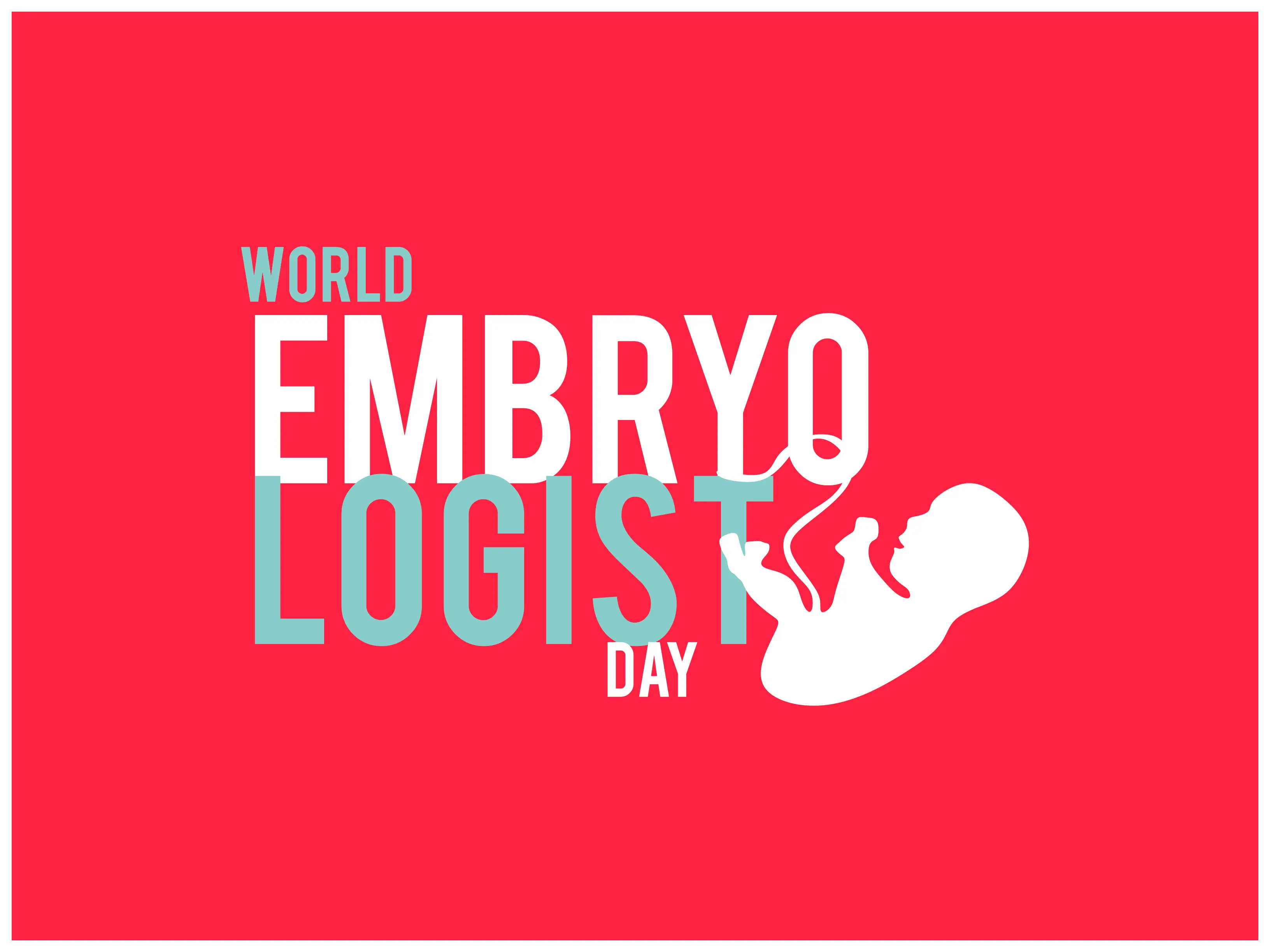Bringing Light to the First Steps of Life on World Embryologist Day

This World Embryologist Day, we are honouring the brilliant clinical embryologists because of their amazing efforts, commitment, and knowledge, which enable many families to realise their goals. These unsung heroes put in endless work and are the reason behind every successful fertility treatment and the healthy development of embryos. However, what is the role of an embryologist, and what does one do? Examine their effects on society and discover what they have contributed to the field of reproductive medicine.
What is an Embryologist?
An embryologist is a person who studies and works with embryos; they are primarily involved in assisted reproductive technologies (ART). These researchers are in charge of the first stages of human existence, from fertilisation to embryonic development. They are essential in processes like In Vitro Fertilisation (IVF) since their proficiency directly affects the success rates of reproductive therapies. In order to ensure the greatest possible growth for embryos, clinical embryologists are the scientific wizards in the lab, offering meticulous care and monitoring.
The Clinical Embryologist’s Crucial Function
An extensive array of duties is included in the work of a clinical embryologist. Among the delicate and complex tasks they do are egg retrieval, sperm preparation, and the actual fertilisation procedure. While ensuring that embryos develop under ideal conditions is a clinical embryologist’s main responsibility, other duties include careful observation and management of embryos in a laboratory setting. Their rigorous attention to detail and unwavering commitment to excellence are critical components of fertility treatments’ efficacy. Let’s look at some of the particular techniques and approaches they employ.
Assisted Hatching
A highly advanced technique to increase the chance of embryo implantation is assisted hatching. The Zona Pellucida, a tiny aperture in the embryo’s shell, is made during this period to aid in the hatching process required for implantation into the uterus. Patients using frozen and thawed embryos, older mothers, and those who have had unsuccessful IVF cycles in the past may find this approach very helpful. For some patient groups, aided hatching can dramatically increase the likelihood of a successful pregnancy, even when the dangers involved are low.
Why Undergo Assisted Hatching?
- Candidates: This procedure is advantageous for older patients, those with repeated failed IVF cycles, high FSH levels, or reduced ovarian reserve.
- Frozen Embryos: Freezing and thawing can harden the shell, making Assisted Hatching particularly beneficial for these embryos.
Procedure and Risks:
- Timing: Typically performed on Day 3 post-egg collection.
- Method: A precise laser beam is used to create the opening. For blastocysts, Assisted Hatching might be done on Day 3, followed by extended culture to monitor development.
- Risks: Breaching the shell can expose the embryo to harmful elements, cause it to perish, or lead to the rare occurrence of monozygotic (identical) twins.
Blastocyst Embryo Transfer
A fertilised egg becomes a blastocyst, which is a collection of cells that are dividing. This happens five to six days following conception. This procedure of transferring the embryos at the blastocyst stage increases the likelihood of successful implantation for individuals who have undergone either high-quality embryo transfers or numerous unsuccessful IVF cycles. In this process, embryologists are essential because they carefully choose the most viable embryos to cultivate, boosting the chances of a healthy pregnancy.
Why Undergo Blastocyst Transfer?
- Suitability: Not all patients are suitable; it is more beneficial for those with multiple good-quality embryos or repeated IVF failures.
- Selection: This helps in selecting the best-quality embryo(s) and reduces the risk of multiple pregnancies.
Procedure and Risks:
- Timing: Embryos are cultured for 5–6 days before transfer.
- Grading: Embryologists grade the Inner Cell Mass (ICM) and Trophectoderm (TE).
- Risks: There is a higher risk of cycle cancellation if no embryos reach the blastocyst stage. Additionally, there is an increased risk of monozygotic twins. Some animal studies have shown potential neonatal issues with prolonged embryo culture, though similar evidence in humans is lacking.
The Embryoscope
When the embryos are inside, an embryologist can monitor the division of the embryo cells using an incubator known as an embryoscope. At specified intervals, the embryos can be captured on camera with the incubator’s integrated camera. It enables ongoing observation of this progress while keeping the embryos in their ideal incubated environment. The use of this technology assists embryologists in making better-informed decisions about which embryos to transfer or freeze, as it offers thorough insights into the growth patterns and embryo quality.
Benefits and Procedures:
- Continuous Monitoring: The Embryoscope integrates a camera and microscope to capture images every 10 minutes.
- Enhanced Selection: Provides detailed development insights, helping embryologists select the best embryos for transfer or freezing.
Risks:
- Embryo Suitability: Some embryos might be deemed unsuitable for transfer due to detected irregularities.
The Impact of Clinical Embryologists
Clinical embryologists employ a special fusion of science and art in their work. The effectiveness of fertility treatments is contingent upon their exacting attention to detail and steadfast dedication to perfection. We honour them on World Embryologist Day for their contributions to improving reproductive healthcare and assisting infertile couples in overcoming their obstacles. One embryo at a time, these committed experts shed light on the early stages of life and transform hopes into reality.
Conclusion
The extraordinary advancements in reproductive health and the critical function of clinical embryologists are celebrated on World Embryologist Day. They give families all over the world hope and joy by showing many couples the way to parenthood through their skills and dedication.
We pay tribute to the embryologists who work miracles on this unique day.
To all the amazing experts who are committed to creating new life, happy World Embryologist Day! Their work enhances the area of reproductive medicine and changes the lives of their patients, opening the door for more advancements and achievements in the future. On this day, let us give thanks for their labour of love and dedication to conceiving and raising life from the ground up.
